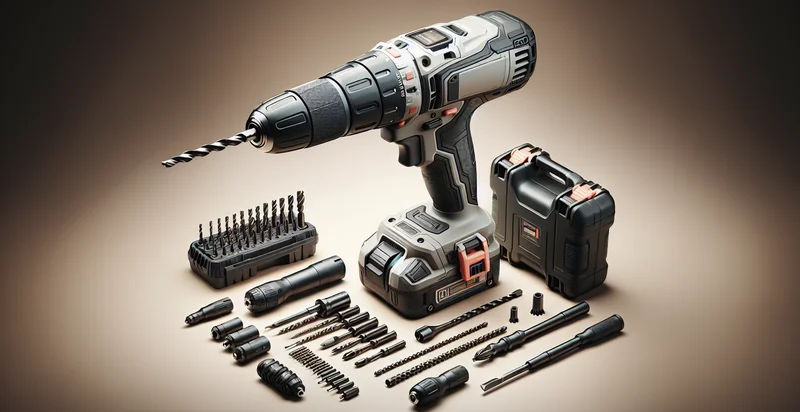Identify plunger type
using AI
Below is a free classifier to identify plunger type. Just upload your image, and our AI will predict what type of plunger it is - in just seconds.

Contact us for API access
Or, use Nyckel to build highly-accurate custom classifiers in just minutes. No PhD required.
Get started
import nyckel
credentials = nyckel.Credentials("YOUR_CLIENT_ID", "YOUR_CLIENT_SECRET")
nyckel.invoke("plunger-type", "your_image_url", credentials)
fetch('https://www.nyckel.com/v1/functions/plunger-type/invoke', {
method: 'POST',
headers: {
'Authorization': 'Bearer ' + 'YOUR_BEARER_TOKEN',
'Content-Type': 'application/json',
},
body: JSON.stringify(
{"data": "your_image_url"}
)
})
.then(response => response.json())
.then(data => console.log(data));
curl -X POST \
-H "Content-Type: application/json" \
-H "Authorization: Bearer YOUR_BEARER_TOKEN" \
-d '{"data": "your_image_url"}' \
https://www.nyckel.com/v1/functions/plunger-type/invoke
How this classifier works
To start, upload your image. Our AI tool will then predict what type of plunger it is.
This pretrained image model uses a Nyckel-created dataset and has 20 labels, including Accordion Plunger, Color-Coded Plunger, Compact Plunger, Cup Plunger, Disposable Plunger, Drum Plunger, Flange Plunger, Force Cup Plunger, Heavy-Duty Plunger and Multi-Use Plunger.
We'll also show a confidence score (the higher the number, the more confident the AI model is around what type of plunger it is).
Whether you're just curious or building plunger type detection into your application, we hope our classifier proves helpful.
Related Classifiers
Need to identify plunger type at scale?
Get API or Zapier access to this classifier for free. It's perfect for:
- Manufacturing Quality Control: Implementing a plunger type identifier can enhance quality control in manufacturing facilities. By automatically classifying plungers during production, manufacturers can quickly detect defects or misclassifications, ensuring only the correct parts are used in assembly.
- Supply Chain Optimization: In logistics, accurately identifying plunger types can improve inventory management. By ensuring the right plungers are shipped to customers, companies can minimize returns and reduce supply chain inefficiencies related to incorrect parts.
- Retail Product Categorization: Retailers can utilize the plunger type identifier to automate the categorization of products on e-commerce platforms. This technology can streamline the online shopping experience, making it easier for consumers to find the specific plunger types they need.
- Product Development Feedback: Manufacturing firms can leverage classification results to inform product design and development. Insights gained from analyzing which plunger types are frequently misclassified could guide design improvements and innovation in new product offerings.
- Customer Support Automation: Companies offering plungers can use the identifier in customer support to enhance service efficiency. By quickly identifying the plunger type based on customer inquiries or returns, support teams can provide faster resolutions and more accurate information to customers.
- Compliance and Safety Monitoring: Regulatory compliance can be improved by using the plunger type identifier to ensure that only compliant plungers are sold. The tool can automatically validate plungers against safety standards, reducing the risk of legal issues and enhancing customer trust.
- Warranty and Returns Management: The identifier can streamline the warranty claim process by verifying the type of plunger returned. This automation can help quickly determine eligibility for claims, improving customer satisfaction and reducing processing costs for returns.


